The parsnip, Pastinaca sativa, is a long, tapered root vegetable that looks like a white carrot.
A long-season crop that is started early in the spring to accommodate its 100-day maturation period, and one of the more challenging vegetables to grow, its flavor peaks after several light frosts, and it can be wintered over for an early spring harvest.
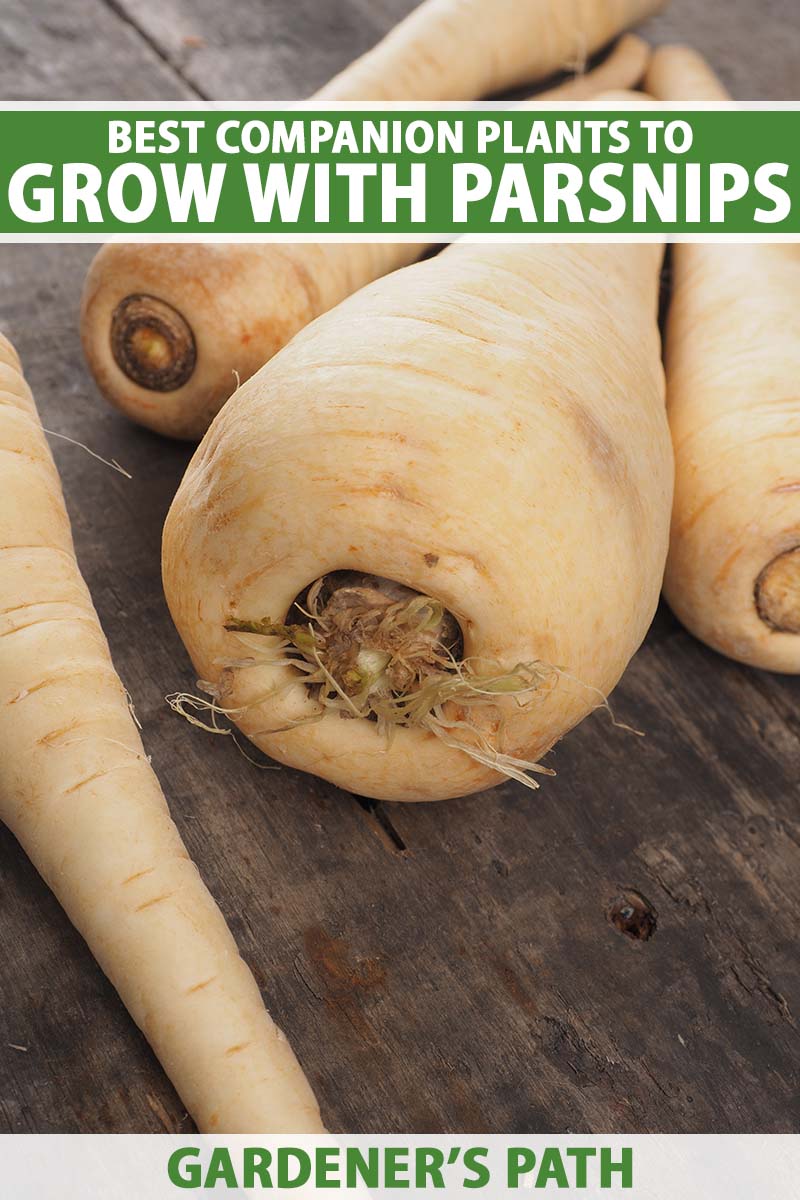
We link to vendors to help you find relevant products. If you buy from one of our links, we may earn a commission.
In our guide to growing parsnips, we discuss all you need to cultivate this vegetable in your garden.
Our article on parsnip harvesting has information on when and how to bring in a flavorful crop.
This article introduces nine plants that make excellent garden companions for parsnips because they have similar cultural requirements.
They don’t compete for water, space, or nutrients, and in many cases, provide a beneficial bonus.
Before we wrap up, we’ll also talk about some plants you should not grow near parsnips, and why they may be detrimental.
Let’s jump right in and meet nine of the best companion plants for parsnips.
What You’ll Learn
Why Grow Companion Plants?
If you’re growing parsnips, does it matter what you grow near them?
Absolutely!
Just like the “people who need people” that singer/songwriter Barbra Streisand sang about, plants need friends, too.

And while plants can’t pose themselves for a “selfie,” they can be beneficial companions to one another.
Each plant that is invited to grow with the parsnip brings a gift to the garden party. Some provide “positive hosting,” attracting beneficial insects crucial to open pollination.
Some act as “trap crops,” collecting pests before they reach their intended target.
Others emit strong odors that deter unwanted insects by camouflaging parsnips so they are unrecognizable.
And amazingly, there are plants that actually work via the soil to make nutrients more available to their buddies.
Let’s find out which friends our root veggie can count on.
9 of the Best Parsnip Companions
The following nine edible plants grow well in the moist, slightly acidic sandy loam that parsnips favor. And they, too, love to bask in the sunshine.
Let’s meet our cohort of nine and see what each has to offer.
1. Anise
First up is anise, Pimpinella anisum.

This herb has a scent and flavor like that of licorice, and it is reputed to improve the vibrancy of all plants in close proximity.
Its fragrance helps to confuse sap-sucking aphids, and it plays host to beneficial parasitic wasps that feed on the pesky bugs.
Also known as aniseed, the seeds of this herb have long been used as a digestive aid and breath freshener.
Find anise seeds now from True Leaf Market in five-gram, one-ounce, four-ounce, one-pound, and four-pound seed packages.
You can read all about how to grow anise here.
2. Bush Bean
The bush bean, Phaseolus vulgaris, is a member of the Fabaceae or Leguminosae family that includes the pea.
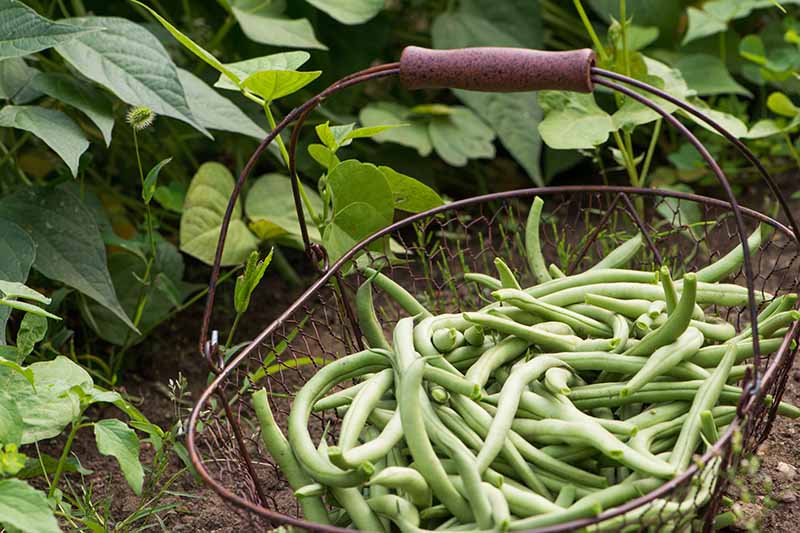
Called legumes, the members of this family have a unique relationship with bacteria in the soil that enables them to provide readily available nitrogen for themselves, as well as other plants nearby.
Nitrogen is an essential macronutrient that serves as a building block of healthy foliage.
If you choose this garden companion, don’t use nitrogen-rich fertilizer in the vicinity, or you may find that your veggies produce lots of leaves and little produce.
Why choose the bush bean? Because it’s a compact plant that doesn’t require an abundance of garden space.
In addition, its roots are shallow, so they don’t compete for nutrients with the deeper-rooted root vegetable.
And finally, the hairy foliage of the bush bean traps aphids, making this an excellent candidate for trap crop perimeter planting.
The ‘Blue Lake 274’ bush bean is a canning and freezing classic with plump, tender beans up to six and a half inches long.
Upright bushes have a determinate growth habit, meaning they won’t exceed 16 inches at maturity, as opposed to a meandering legume vine.
Find ‘Blue Lake 274’ bush beans now from Eden Brothers in one-ounce, one-pound, and quarter-pound seed packages.
Read all about growing bush beans in our comprehensive guide.
3. Garlic
Garlic, Allium sativum, is in the Amaryllidaceae or onion family that includes leeks, onions, and shallots. It has shallow roots that don’t interfere with those of deep-rooted vegetables.

Its pungent odor aids in deterring pests like the aphid and flea beetle that defoliate plants with their voracious chewing.
Without a clear bead on the scent of the roots they seek, these pests may move on to more fragrant feeding sites.
Similarly, the carrot root fly larva, or maggot, another parsnip pest, may also find locating food a challenge when garlic permeates the soil. And the adult flies may look elsewhere to lay their eggs.
Start seeds indoors to get a jump on garlic’s long growing season, or sow in the fall for a spring harvest. Like the parsnip, garlic tastes especially good after a frosty winter.
‘Chinese Pink’ garlic is a tangy hardneck turban-style variety with a delicate blush of pink and a full-bodied flavor.
Sow it in the spring and harvest in 90 days, or in fall to winter over for digging 210 days later.
Find ‘Chinese Pink’ garlic available from Burpee in half-pound bulb packages.
Our guide to growing garlic has all you need to know to produce a crop of your own.
4. Lettuce
Lettuce, Lactuca sativa, is like the perfect upstairs neighbor.

It grows primarily on top of the ground, secured by shallow roots for feeding in the upper soil layer, whereas the parsnip’s roots develop deep in the soil, insulated from what’s going on up top, and happily feeding with no competition.
Lettuce, like cool-weather root vegetables, prefers the cool temperatures of spring and fall.
Enjoy sweet, crunchy homegrown leaves of green that shade to a burgundy so vibrant it glows like the shiny skin of an eggplant.
Find red Romaine lettuce now from Eden Brothers in one-ounce, quarter-pound, and one-pound seed packages.
Learn to cultivate lettuce with our all-you-need-to-know guide.
5. Onion
As mentioned, the onion, Allium cepa, is related to garlic, and is very similar when it comes to being a good garden friend.
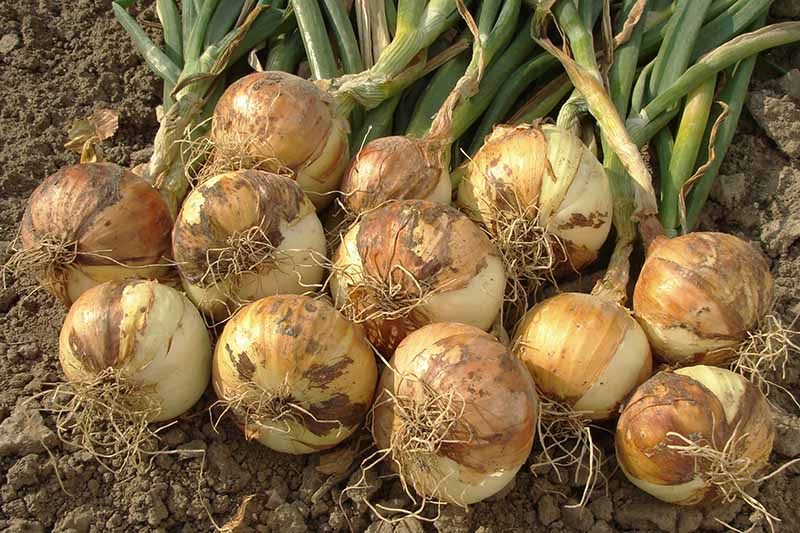
If you’re not a garlic fan, you can reap similar benefits with the pervasive odor of the onion. It deters aphids and carrot root flies, as well as their larvae. The shallow roots are also non-competitive.
A unique feature of the onion is that it seems to enhance the flavor of garden edibles planted near it, according to garden lore.
Slow-to-bolt ‘Yellow Stuttgarter’ matures in 100 days. It’s an excellent all-purpose onion with a crisp, clean flavor, spicy bite, and mellow finish.
Find ‘Yellow Stuttgarter’ onions now from Nature Hills Nursery in packages of 60 bulbs.
See our complete guide to growing onions for more information.
6. Oregano
Zesty oregano, Origanum vulgare, of pizza sauce fame, hails from ports aplenty, including Cuba, Greece, and Mexico, in addition to the “common” variety from the Mediterranean.
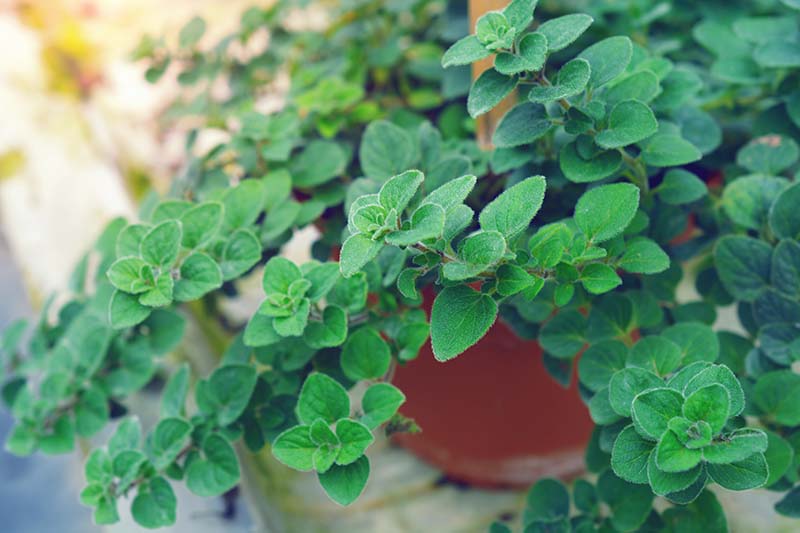
Its aroma is almost biting in its intensity, bordering on acrid to those who don’t care for it.
It’s the perfect olfactory camouflage for the tender parsnip foliage sought by sap-suckers. And, the hairs on its many small leaves catch the pests, making for trap cropping at its best.
Milder than true Greek oregano, the common variety has long been used in traditional medicine, and infuses savory dishes with understated flavor.
Let some plants run to seed, and enjoy pink blossoms that attract small beneficial insects, like the syrphid fly. The whole garden benefits when they feed on aphids, pollinating as they go.
Find common oregano now from Botanical Interests in packages containing 100 milligrams, or approximately 800 seeds.
Read our oregano growing guide and put this herb to work.
7. Radish
The radish, Raphanus sativus, is perhaps the parsnip’s best buddy. It is an early crop that is up and running long before the parsnip pops out of its seed. Its roots are shallow, so it feeds high in the soil.
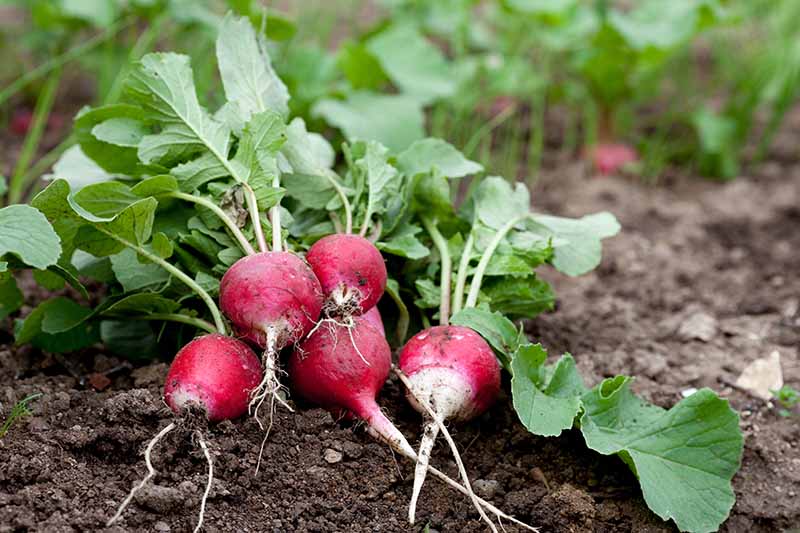
The parsnip is slow to germinate, and may take up to a month to appear. Once garden weeds are in full swing, it’s easy to forget where you seeded, and if you don’t recognize the parsnip sprouts, you may accidentally pull them up.
Here’s where the radish shines as a garden companion.
Though it matures and is gone in six short weeks, the radish does a mighty job as a row marker when interplanted with the parsnip. Its presence clearly indicates where the later-sprouting root vegetable will emerge.
The ‘Dragon’s Tail’ radish may be unlike any you’ve ever seen. Instead of being grown for its roots, its claim to fame is a long, bean-like red seed pod up to six inches long.
This crisp heirloom veggie has a subtly spicy flavor, as opposed to the harsh blast one would expect from a radish root.
Find ‘Dragon’s Tail’ radish now from Burpee in packages of 50 seeds.
Read our article on growing radishes here.
8. Rosemary
Rosemary, Salvia rosmarinus, is an aromatic herb with astringent, needle-like leaves. They taste and smell like a cross between pine and lavender.

In addition to confounding parsnip pests with its bold scent, it’s a great example of “positive hosting” when you let it flower and attract pollinators. There are numerous varieties with tiny blossoms in blue, lavender, pink, or white.
In addition to adding piquant flavor to poultry dishes, lavender-blooming heirloom, open-pollinated plants make pretty ornamental specimens in patio pots.
Find rosemary now from Botanical Interests in 50-milligram packages that contain about 32 seeds.
Learn how to plant and grow rosemary in our guide.
9. Tomato
The tomato, Solanum lycopersicum, is a good veggie patch pal because, like the bush bean and oregano, it has hairy foliage that traps aphids.

Once you see the little pests, you can give them a firm blast with the hose to nip trouble in the bud.
But if you don’t catch them right away, no worries, as the tomato is a tough plant that can withstand a good bit of sap-sucker chomping before the fruits suffer.
This sweet red beefsteak tomato from Eden Brothers is a mouthwatering handful at a whopping two pounds!
Sliced on a burger or chunked in a salad, it’s always a summer sensation. This heirloom plant of indeterminate size matures in 60 to 90 days.
Find beefsteak tomato now from Eden Brothers in one-ounce, quarter-pound, and one-pound seed packages.
Friend or Foe?
There you have nine parsnip-friendly options from which to choose. Now, let’s take a quick look at some not-so-friendly types.
The Royal Horticultural Society recommends keeping carrots, celeriac, celery, and parsley away from parsnips, as they are all favorites of the sap-sucking carrot fly, and you don’t want to invite this pest in droves.

However, you may consider growing one or more of these plants in a perimeter around your parsnips to act as a trap crop.
And then you could grow turnips, to attract turnip moths to eat the carrot flies, and beneficial nematodes to feed on the turnip moth larvae, and… the possibilities are astounding!
And although many people do so, growing more than one type of root vegetable in the same garden is not recommended, as pest and disease issues common to all may be multiplied. In addition, plants may compete for nutrients at the same soil level.
Some folks make an exception for the potato because its roots are higher in the soil than many root vegetables, similar to the radish as mentioned above. However, it is prone to the same insect pests as the parsnip.
We invite you to experiment and find what works for you.
Pests can be vectors, or carriers of plant diseases, so a quick response is the best approach to an infestation. Often a non-chemical remedy, such as a firm spray with the hose, or application of organic neem oil, is all that is needed to eradicate them.
And remember that a crop with pest-damaged foliage may still return a high yield, as we discussed with the tomato plant.
For your first parsnip crop, you may want to stick to our nine trustworthy friends and see how it goes. Follow the spacing recommendations on your seed packets to allow ample room for all plants to reach mature dimensions unimpeded by their friendly neighbors.
One final note: If you grow fruit trees, it’s advantageous to let some of your parsnip plants go unharvested, winter over, and flower in the second season.
The blossoms attract beneficial insects that are essential to the open pollination of fruit trees. The pollinators also feed on unwanted pests, making them an integral part of an IPM, or integrated pest management system.
A Friend Indeed
Plants that grow best with parsnips share the need for full sunlight and moist, sandy, well-draining, slightly acidic loam.
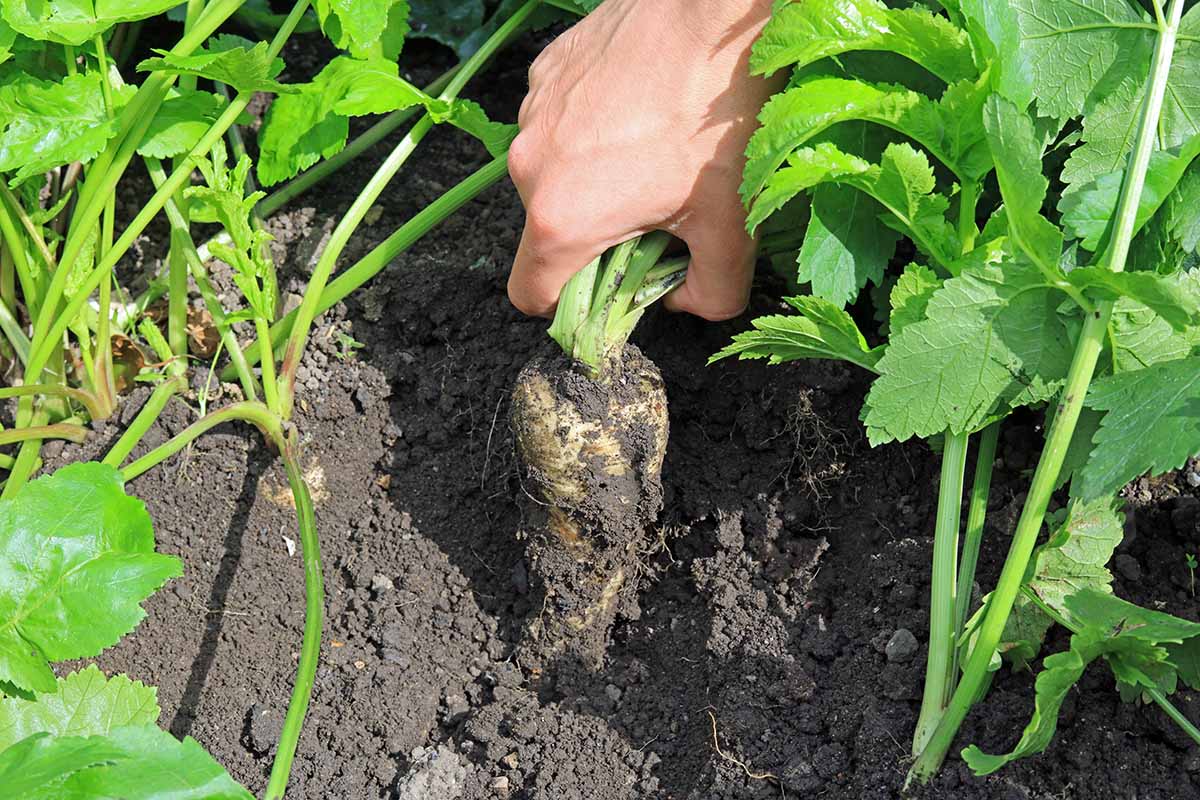
They don’t compete for nourishment, moisture, or room to grow.
With this knowledge of companion plants, it’s time to take out your garden planner, choose several to add to the parsnip patch, and make the most of every square inch of garden real estate.
If you found this article informative and would like to read about more vegetables and suitable companion plants, we recommend the following:
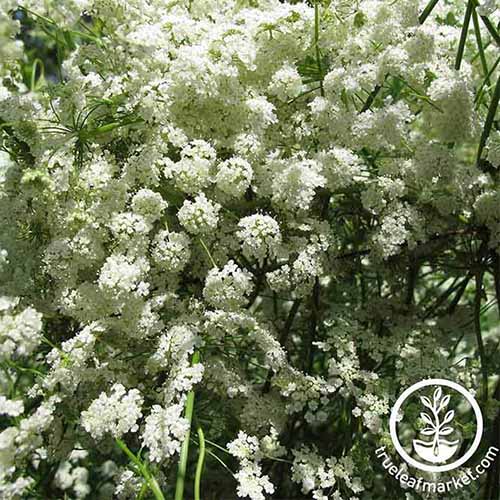
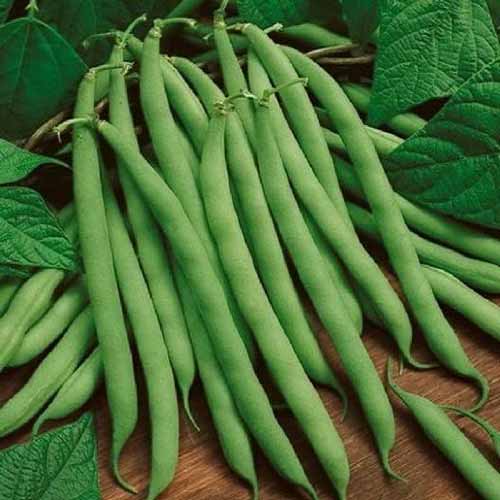
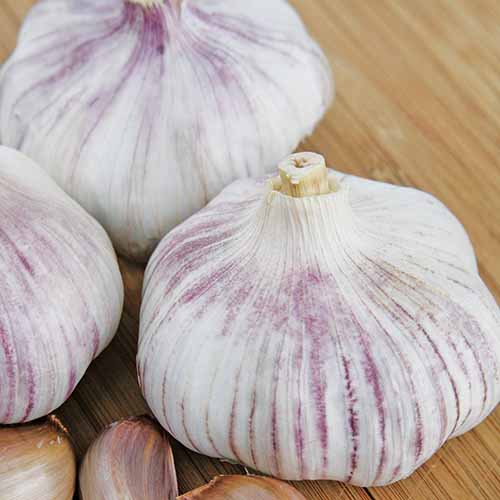
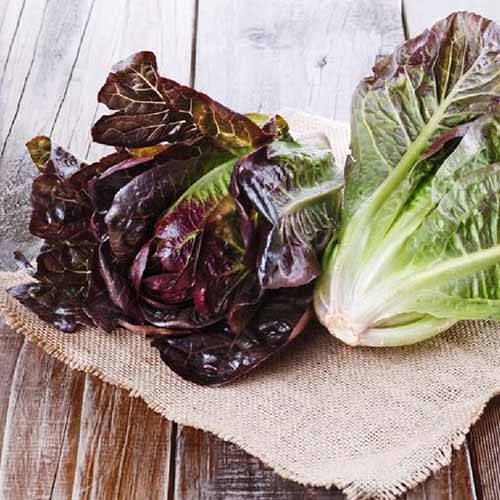

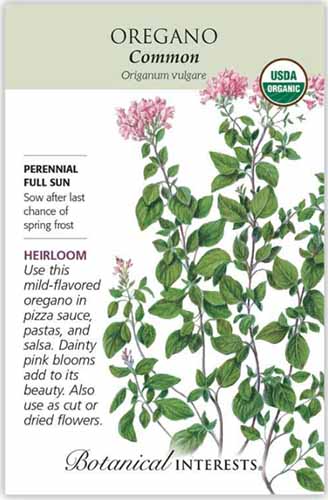
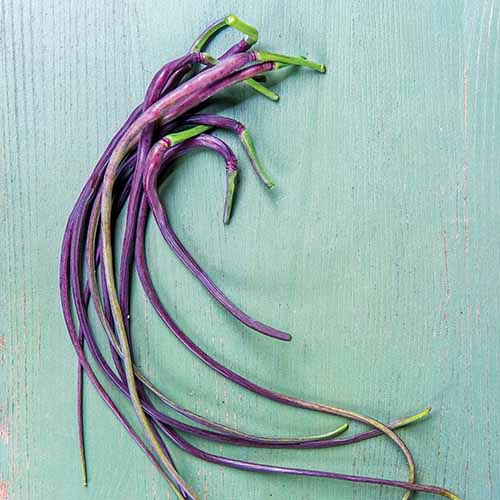

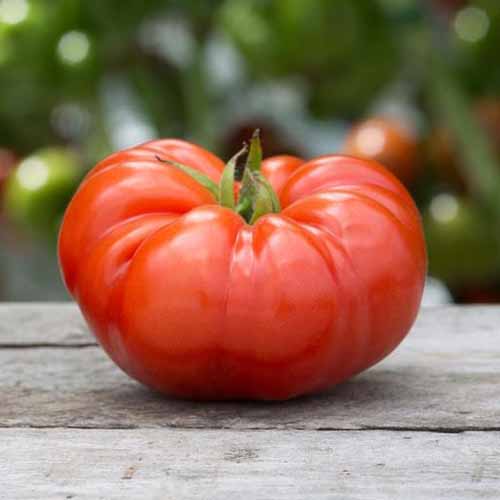
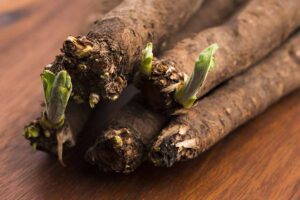
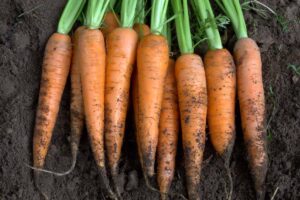
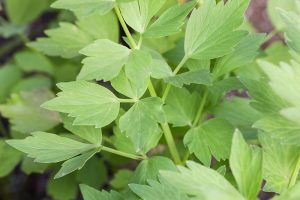
Thanks for this very useful article. Have a great gardening season!